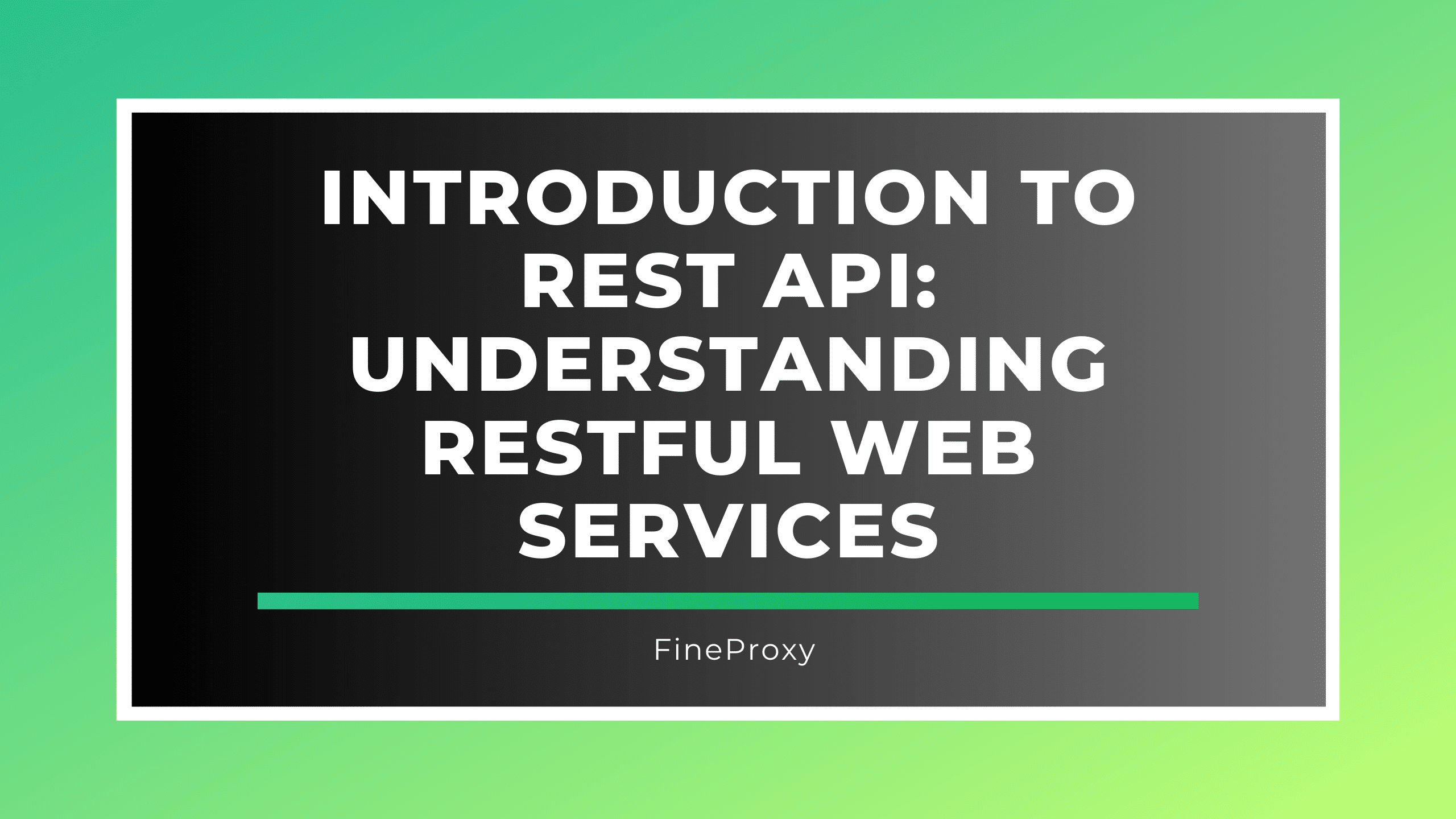
Table of Contents
In the world of web development, APIs (Application Programming Interfaces) serve as the backbone for building scalable, flexible, and efficient applications. Among the various architectural styles for designing networked applications, REST (Representational State Transfer) stands out for its simplicity and adherence to the principles of the web. This article delves into the essentials of REST API, providing insights into its core principles, usage, and best practices for developers aiming to master RESTful web services.

What is REST?
REST, introduced by Roy Fielding in his 2000 doctoral dissertation, is an architectural style rather than a protocol or standard. It leverages existing web technologies and protocols, primarily HTTP, focusing on the interaction between clients and servers. RESTful applications are characterized by stateless communication, cacheable responses, and a uniform interface, making web services more efficient and scalable.
Core Principles of REST
REST is built on several key principles that define its approach to web services:
- Resource Identification through URI: A fundamental concept of REST is the notion of resources, which are any type of data or service that can be identified via a URI (Uniform Resource Identifier). This makes every piece of information accessible through a unique address, facilitating easy interaction.
- Stateless Communication: Each request from client to server must contain all the information necessary to understand and complete the request. This statelessness ensures that the server does not need to remember the state of the application, improving reliability and scalability.
- Representation of Resources: In REST, resources can be represented in various formats such as JSON, XML, or HTML. The client and server negotiate the content type of the resource representation, enhancing flexibility and web compatibility.
Utilizing HTTP in REST API
HTTP, the foundation of data communication on the World Wide Web, plays a pivotal role in RESTful APIs. It provides a set of methods (GET, POST, PUT, DELETE, etc.) that correspond to CRUD operations (Create, Read, Update, Delete) essential for interacting with resources.
HTTP Methods and Their Roles
| HTTP Method | CRUD Operation | Description |
|---|---|---|
| GET | Read | Retrieves information about a resource. |
| POST | Create | Creates a new resource. |
| PUT | Update | Updates an existing resource. |
| DELETE | Delete | Deletes a resource. |
This table illustrates how HTTP methods map directly to CRUD operations, simplifying the development of web services by utilizing the built-in capabilities of the HTTP protocol.
Defining Resources in REST API
A resource in REST is an abstract concept that represents any piece of information or service that can be named, manipulated, and transferred over the web. Identifying and defining resources is a critical step in designing a RESTful API, as it lays the foundation for how the API interacts with data.
Examples of Resource Definitions
Consider a web service designed to manage a library. The resources might include books, authors, and genres. Each of these can be accessed and manipulated through specific URIs, such as /books, /books/{id}, /authors/{id}, and so on. This approach allows developers to create intuitive and hierarchical API endpoints, facilitating ease of use and understandability.
Best Practices for Developing REST APIs
Creating efficient and scalable RESTful APIs requires adherence to several best practices:
- Use HTTP Methods Appropriately: Align HTTP methods with their intended CRUD operations to ensure semantic correctness.
- Resource Naming and Hierarchy: Design URIs that are intuitive and reflect the resource hierarchy and relationships.
- Support Multiple Representation Formats: Allow clients to negotiate the format of the resource representation (e.g., JSON, XML) through HTTP headers.
- Stateless Interactions: Ensure that each request contains all necessary information to be processed independently.
- Error Handling: Use HTTP status codes effectively to communicate errors and provide meaningful error messages.
- Versioning: Implement versioning strategies for your API to manage changes without affecting existing clients.
- Security: Apply security measures such as authentication, authorization, and encryption to protect your API and its data.

In conclusion, RESTful APIs offer a flexible, efficient, and straightforward way to build web services that are scalable and easy to use. By understanding and applying the principles of REST, utilizing HTTP effectively, defining resources clearly, and following best practices, developers can create powerful web services that leverage the full potential of the web.






Comments (0)
There are no comments here yet, you can be the first!